Today at my place, its 25 degrees with 60% humidity and we’ve just had a summer thunderstorm, and this week the temps have been in the mid 20s with nights in mid teens.
The animals think spring has arrived and there are skinks and dragons rustling through the garden.
I’ve even spotted a snake. Its all come a month early. However I wouldn’t be surprised if we have another cool spell over the next month.
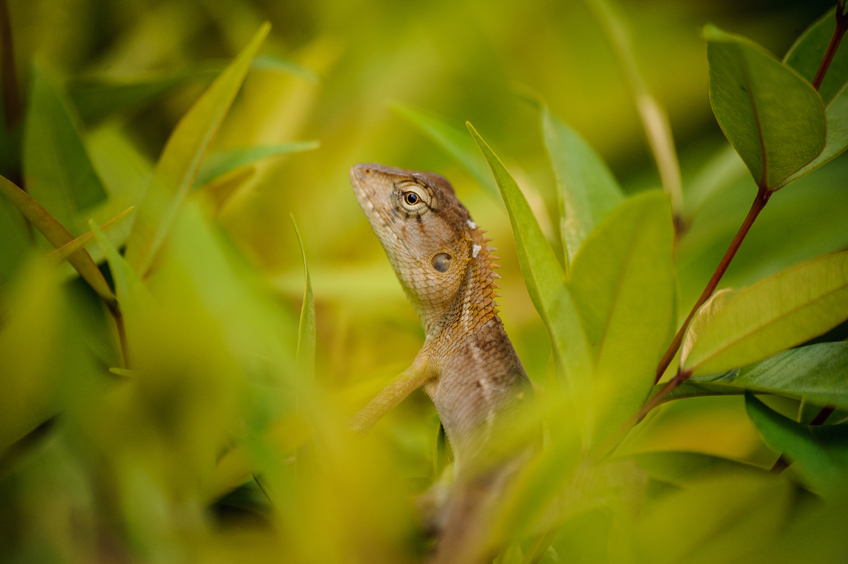
Photo - Maksim Fesenko / shutterstock
In the veggie patch
In the veggie patch we're harvesting winter veg. But perhaps not the winter veg all the southern gardeners are used to seeing. ‘English’ Spinach (it's
really Afghani), for example, is generally regarded as a winter crop here as it bolts when the temp warms. Mediterranean cultivars with the cut edge
leaf such as ‘Galilee’ (available from Green Harvest) do better as they will tolerate warm days in winter. In South East QLD we do however excel at
growing Malabar, Surinam, Mexican, NZ (not summer) and many other tropical spinach plants, so spinach from various plants is always on the menu.
As any Queenslander (in subtropical and tropical coastal areas) who has tried to grow them knows, tomatoes generally don’t do as well for us over the summer
months. They are highland plants and subject to disease during warm wet weather. But there's an exception; the cherry and currant tomatoes, which thrive
and have thick skins that generally resist fruit fly attack. Standard tomatoes are subject to many diseases in summer, get attacked by fruit fly and
can get too much sun and scald. Plus, if you are able to beat the pest and diseases, the flavour may become too sweet or too bland and not true to
their cool climate reputations. Many tomatoes have been developed for subtropical and tropical conditions, but with the dropping of lines and amalgamation
of seed companies, they are generally hard to source. Scorpio, Tropic, Money Maker and Thai Egg are proven performers and are available from Green
Harvest and Eden Seeds. However remember to bag the fruit while young to avoid those fruit flies!
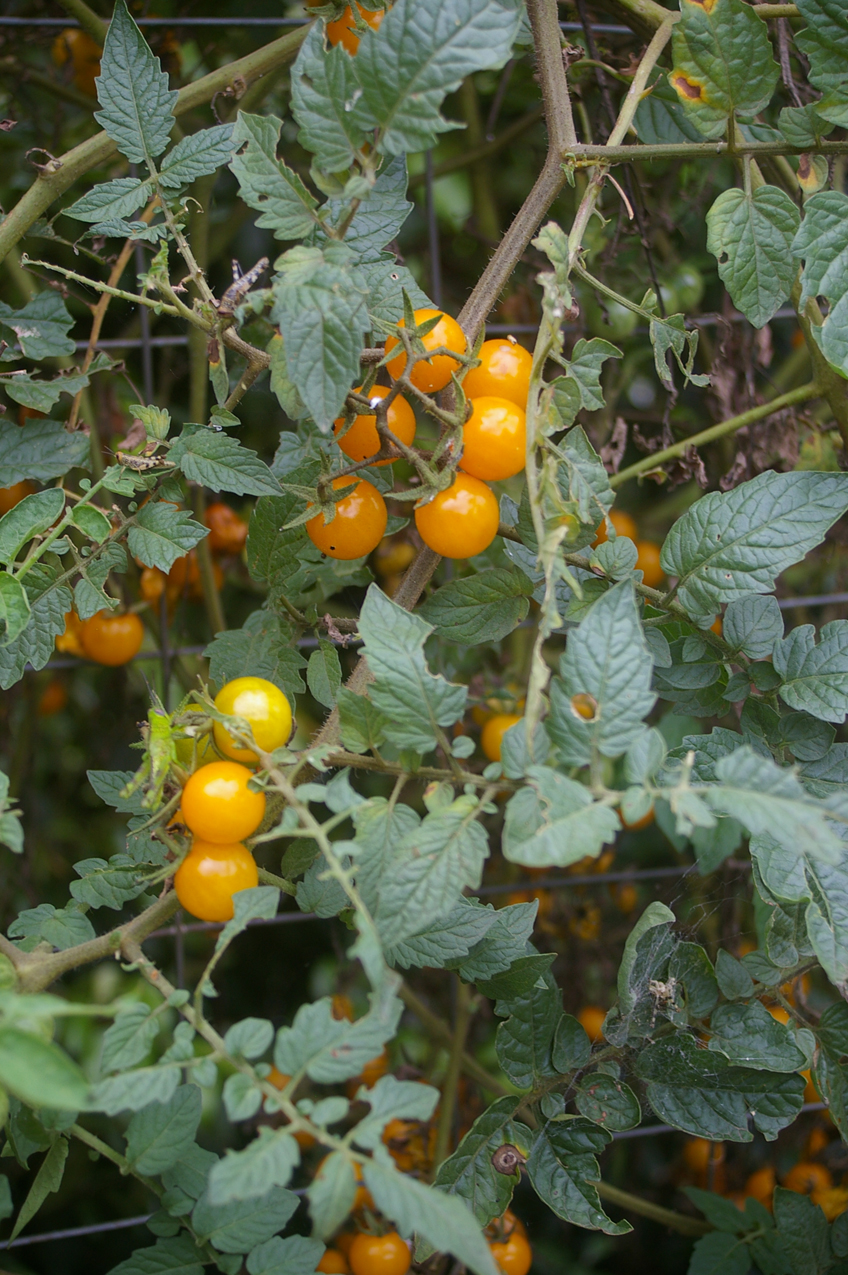
Broad Ripple Yellow Currant is a reliable summer tomato. Photo - Arno King
Tomatoes are a breeze in autumn, winter and spring. I grow north European (Russian especially) over winter and the flavour is fantastic. Qld fruit fly
is a native species and is active from around mid September to late March. Growing tomatoes during the cooler seasons is much easier and avoids any
fruit fly attack.
Who doesn't like passionfruit? But why struggle trying to grow Black Passionfruit in subtropical and tropical areas, as this plant originates from warm
temperate locations and seems to suffer from root rot during our wet summers. Try the yellow passionfruit (Passiflora edulis var. flavicarpa), and
the many cultivars and hybrids which have recently become available including ‘Panama Red’, ‘Panama, Gold’, ‘Pandora’, ‘Misty Gem’, ‘Sweetheart’ and
‘McGuffies Gold’.
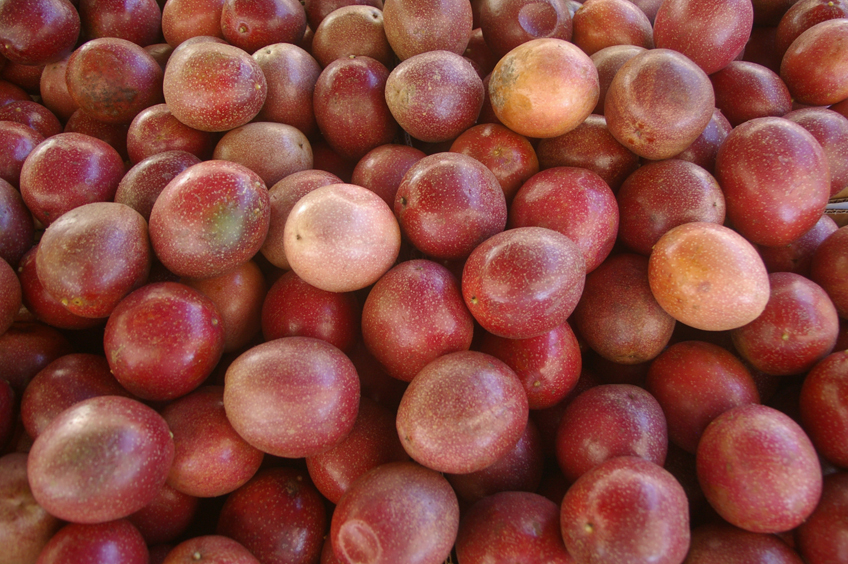
The popular 'Panama Red' thrives in warmer climates and has large fruit of great flavour. Photo - Arno King
Beware of grafted purple passionfruit for sale. I suspect the rootstock (P. caerulea a temperate species) is unlikely to grow well here.
Poor growth and fruiting is generally due to poor nutrition, too much nitrogen or lack of pollination. So fertilise with an organic fertiliser specifically
formulated for fruiting plants and try planting two different cultivars close to one another to enhance cross pollination.
The ornamental garden
In the southern parts of Australia, gardeners often cut back grasses and grass like plants, like liriope, really hard. But cutting back grasses and grass-like
plants to the ground in warmer climates often kills them or severely impacts upon growth. An exception is before, during and after cyclones. I’m told
it is because in cooler climates, plants draw down sugars into the roots for security. Gardeners often comment about cutting plants back hard after
a cyclone and how well it works (but not at other times!) and this is probably due to the same process, where valuable sugars are stored in the roots
during severe conditions. Its generally better to trim grasses all over by ½, as a ball, in early spring to let new foliage come through. There is
a brief period in mid August when harder cuts can occur. But in my experience that doesn’t seem to work as well here as it does in Sydney or further
south.
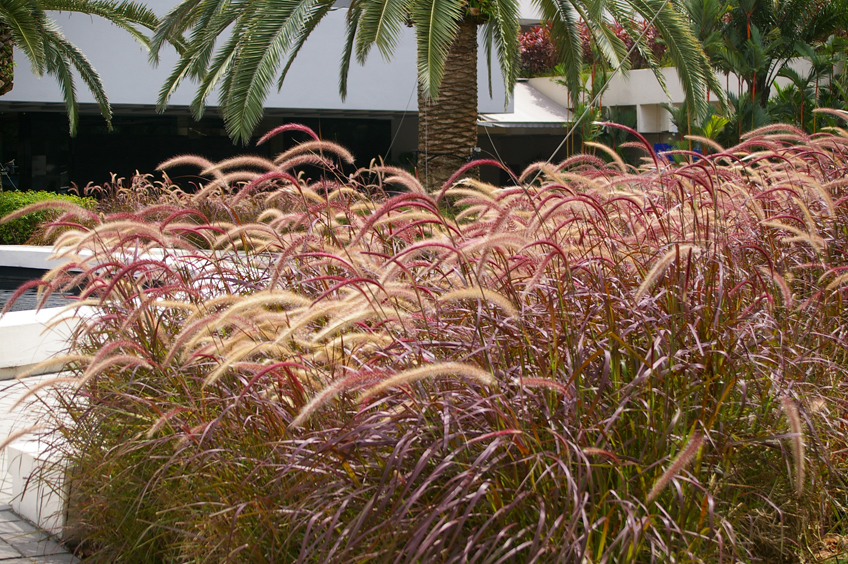
Don't cut back your grassess too hard. Photo - Arno King
4BC listeners may have heard Graham talking about the Sealing Wax or Lipstick Palm (Cyrtostachys renda). This slender palm with a striking, waxy red crownshaft
is generally considered to be tropical and doesn’t seem to do well south of Mackay. A few very keen hobbyists grow plants in large pots, sitting in
tanks of heated water with a tent over, during the winter months. They even do this in the Roma St gardens. If kept warm in this way they can survive
the winter. Generally they rot when temps fall below 15 degrees, so beware if you don’t live in coastal tropical areas.
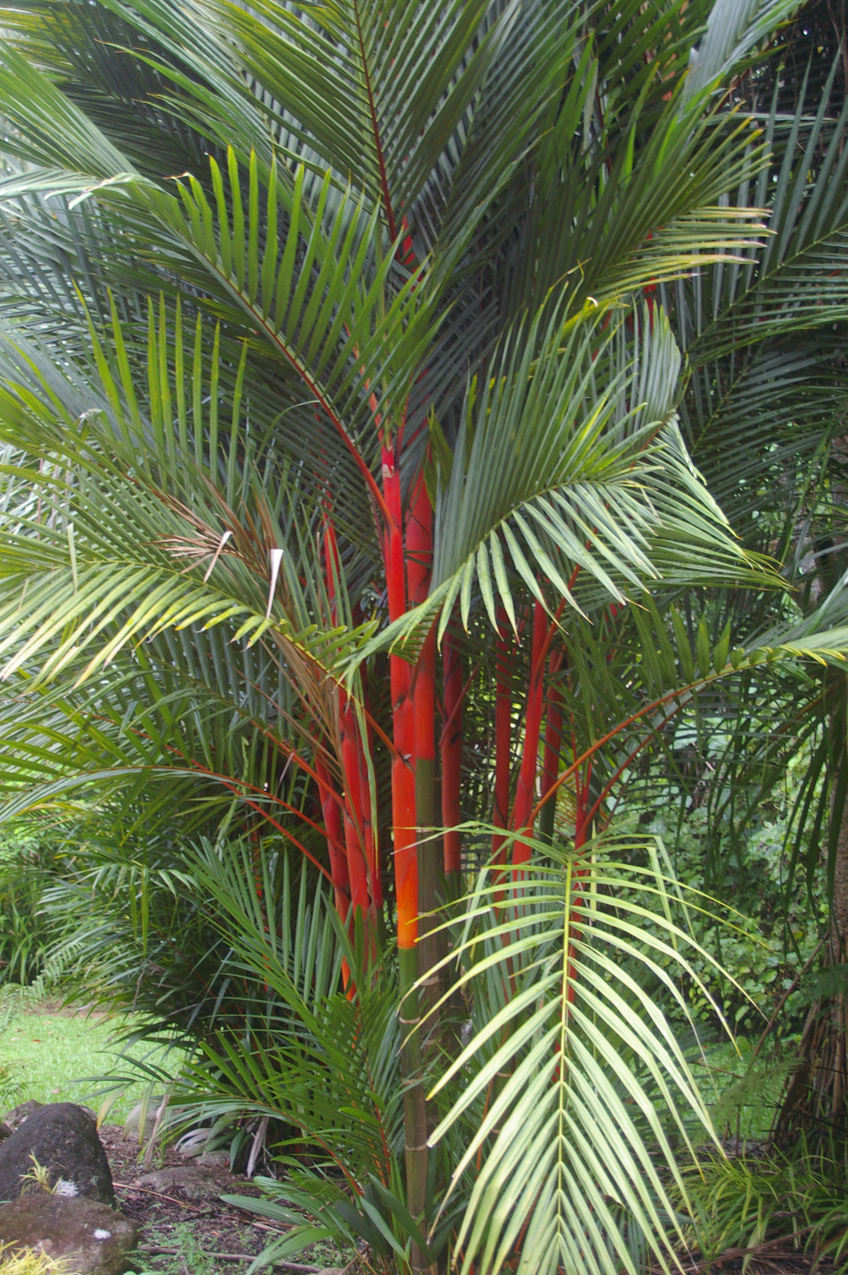
Sealing Wax Palms thrive in Cairns. Photo - Arno King